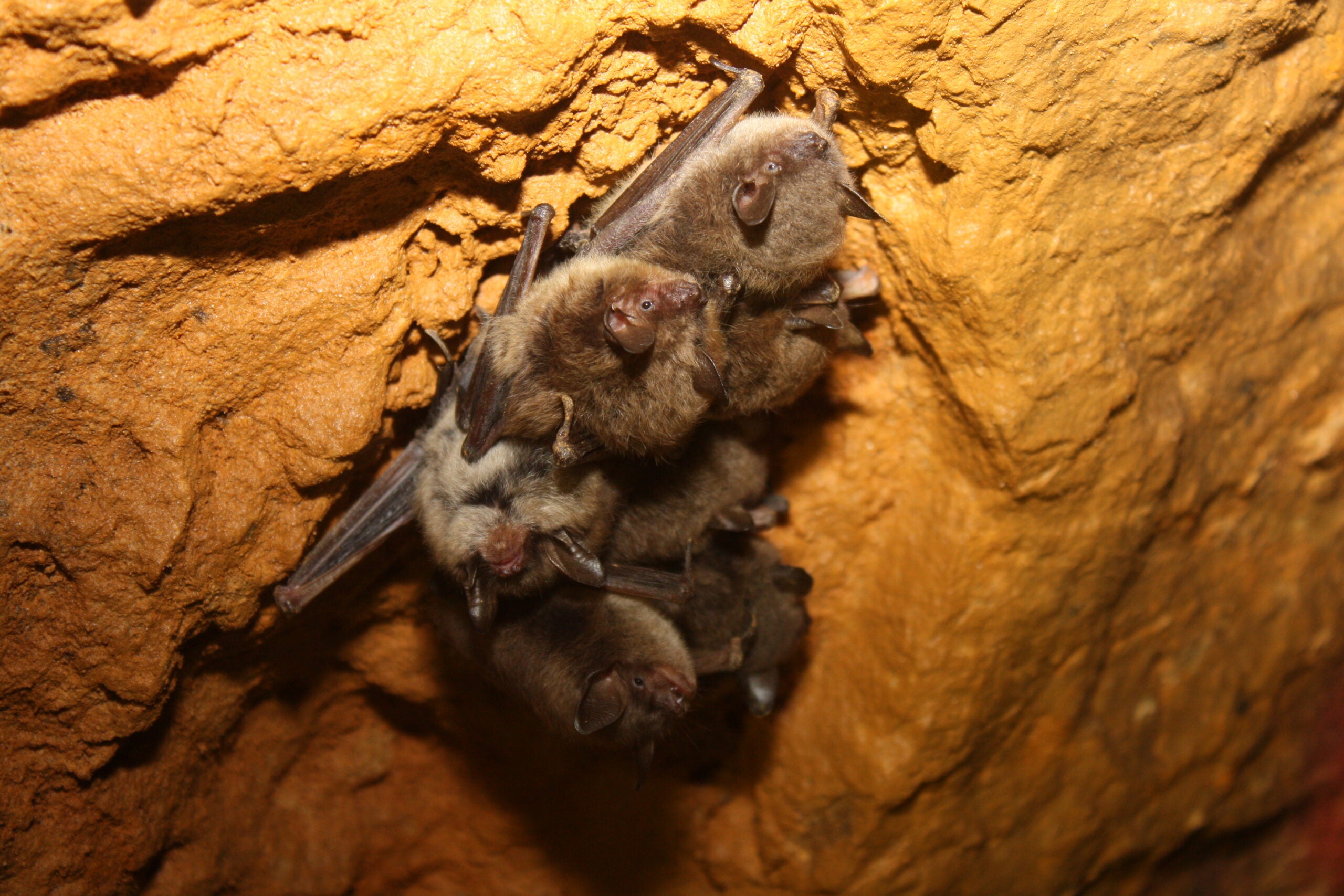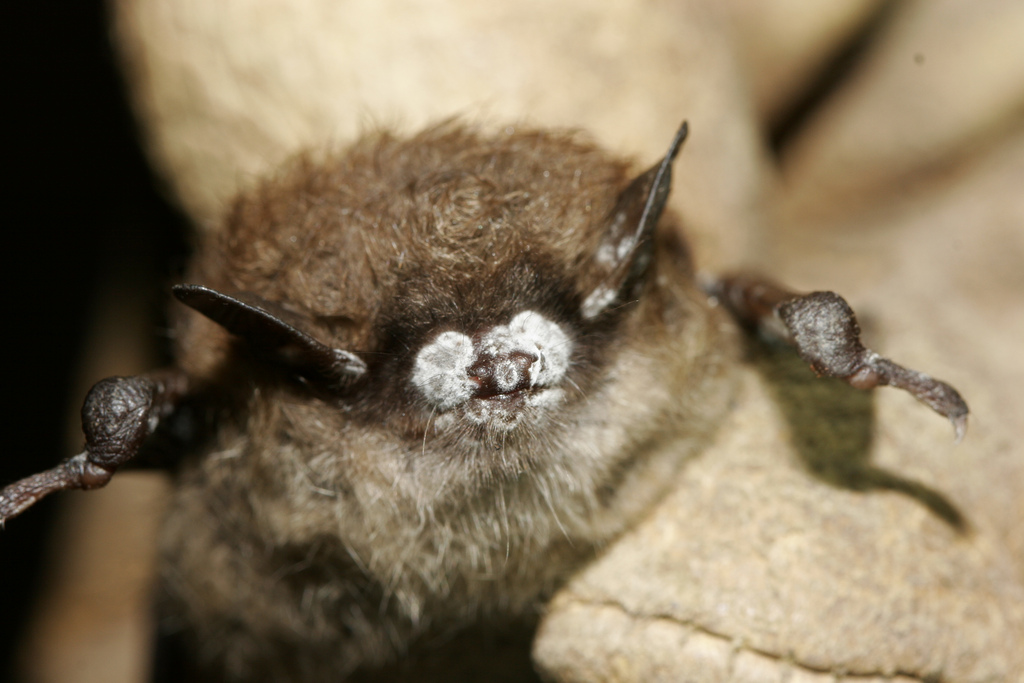It’s been nearly 20 years since white-nose syndrome, a fungal disease affecting cave-hibernating bats, was first identified in North America and roughly 10 years since the disease was discovered in Wisconsin.
Fortunately, bat populations in Wisconsin and elsewhere are beginning to stabilize. The Wisconsin Department of Natural Resources notes population growth over the last three years.
“There is hope and some evidence that bats may be adapting or slowly evolving some type of resistance in terms of immune response,” behavioral ecologist and science communicator Alyson Brokaw posited.
Stay informed on the latest news
Sign up for WPR’s email newsletter.
Brokaw, author of the recently-released book, “The Weird and Wonderful World of Bats,” recently visited WPR’s “The Larry Meiller Show” to discuss these important mammals.
A wide (wing)span of species
There are eight species of bats that call Wisconsin home, including four cave-hibernating species: the little brown bat, the big brown bat, the tricolored bat and the northern long-eared bat.
The other four species found in Wisconsin are commonly referred to as “tree bats,” or bats that migrate south for the winter. They include the hoary bat, the eastern red bat, the silver-haired bat and the evening bat.
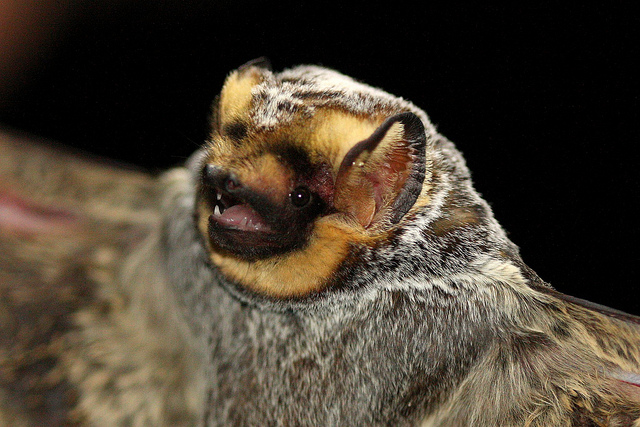
If that seems like a lot of bats to keep track of, Brokaw noted that according to the American Museum of Natural History, the current total species number for bats worldwide stands at a whopping 1,487!
The benefits of bats
As Wisconsin heads into the growing season, Brokaw said gardeners should note that bats help by “eating a lot of garden pests, and in particular, beetles and squash bugs that are likely to eat your tomatoes.”
Nationally, Brokaw asserted that “bats are doing a lot for protecting crops like corn and cotton by eating the moths that plague those crops.”
Brokaw also pointed out that bats play an important role in pollinating commercially important plants.
For example, bats are a primary pollinator for agave, the succulent plant that produces tequila, as well as tropical fruits like durian, jackfruit and dragon fruit.
“Bats are also important seed dispersers, which can help maintain genetic diversity of plants and help with reforestation,” Brokaw added.
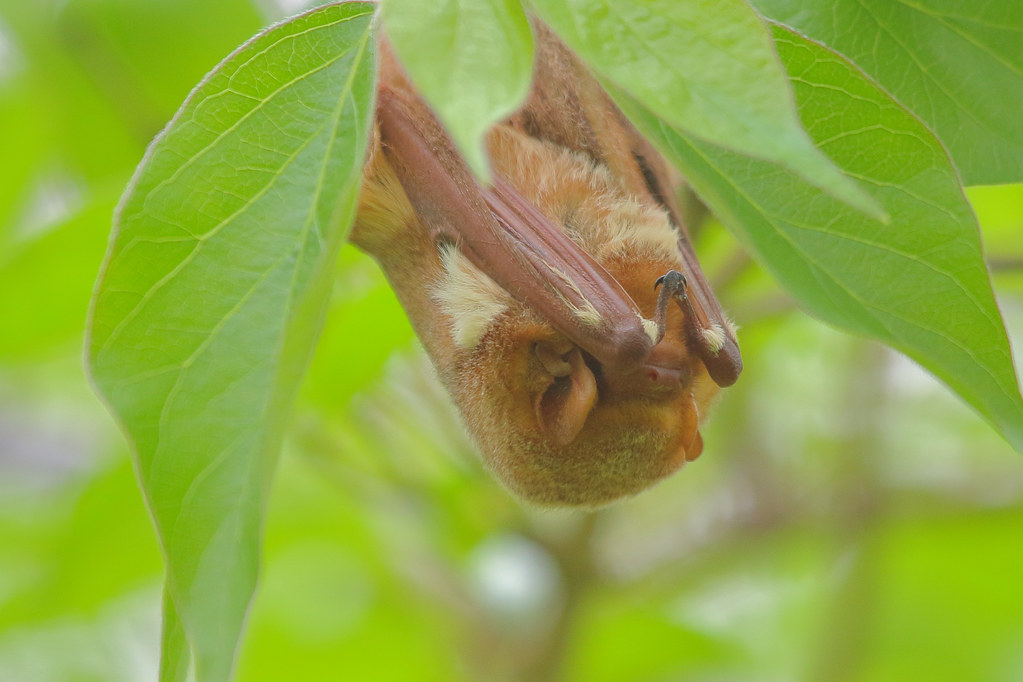
Brokaw said there are exaggerated concerns about the diseases bats carry, like rabies.
“Bats carry diseases, but so does every other animal that exists,” Brokaw said. “Only about 5 percent of bats that have been submitted for testing each year come back as positive for rabies, whereas close to 20 percent of animals like raccoons and skunks and foxes that have been submitted for testing come back positive for rabies.”
Brokaw feels that, instead of focusing on bats as disease carriers, we should look to bats for answers on how humans can stay healthy.
“Bats have some really interesting adaptations in terms of their physiology, their cell pathways, their mechanisms and the way that their bodies signal immune responses so they may not get as sick from certain types of viruses. We can learn from that and take advantage of that,” Brokaw asserted.
Building a bat home
Because of bats’ potential benefit to humans, it’s no surprise that Brokaw is an advocate for their well-being. Brokaw recommends the use of “bat boxes,” or bat houses, to help keep bats safe and healthy. But she also advised patience.
“It can take several years for bats to find a bat box and decide to use it,” Brokaw said.
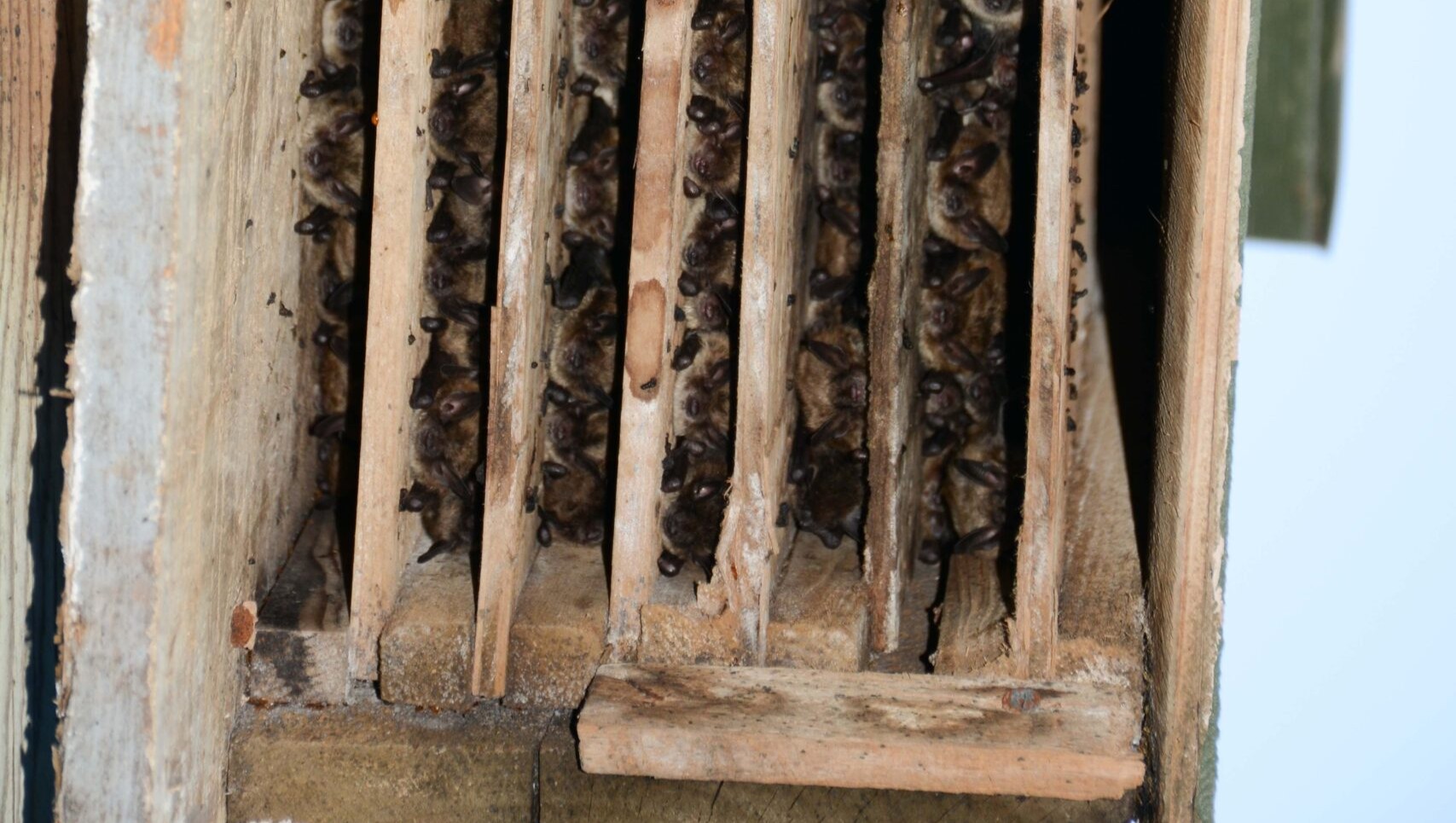
If a bat box is not successful in attracting bats, Brokaw suggests moving the box to a different part of the yard. The local bat population may find the box too warm — or not warm enough.
Brokaw also said that if bat box owners live near a wooded area, local bats may have already found suitable homes in trees, therefore making a bat box less appealing.
Keep an eye out for intruders in any bat box, Brokaw said, as bats will not want to share their space with wasps or other critters that may have moved in. Placing a water source near a bat box is an another important consideration for attracting bats.
If you’re looking to add a bat box to your property, Brokaw suggests Merlin Tuttle’s Bat Conservation or Bat Conservation International for advice on building or purchasing a bat box.
Conversely, bats often make their way into unwanted spaces. For this, Brokaw recommends installing a bat valve. It essentially creates a one-way exit for the bat. Brokaw also mentioned bright lights as a non-invasive tool to help keep bats away.
Bat and beautiful in Texas
Looking for a memorable bat experience? Brokaw suggests heading to the Lone Star State, specifically the Brakken Cave near San Antonio. Bat Conservation International purchased the cave in 1991, and it’s now home to an estimated 15 million bats.
“The bat emergences are affectionately referred to as bat tornadoes,” Brokaw said, referencing the time of day when bats leave their homes to forage for food. “It can take hours for the bats to leave. It’s a truly immersive experience.”
